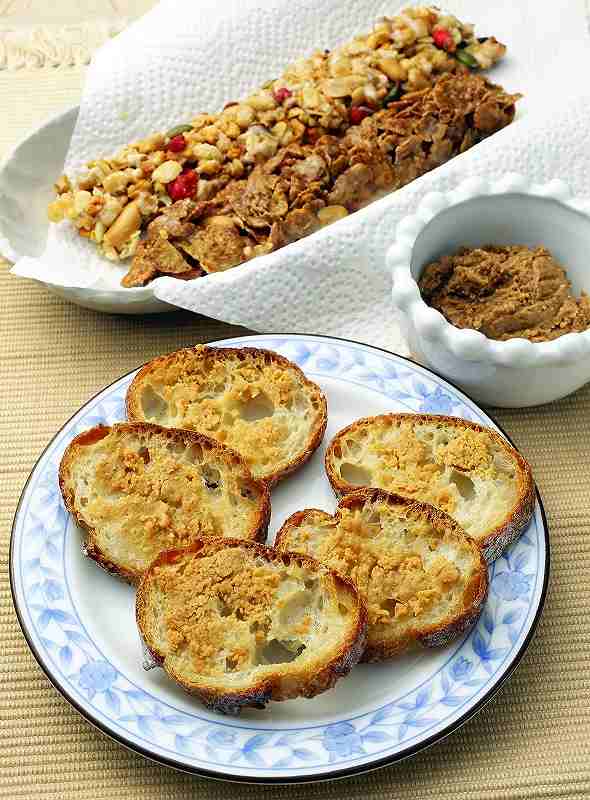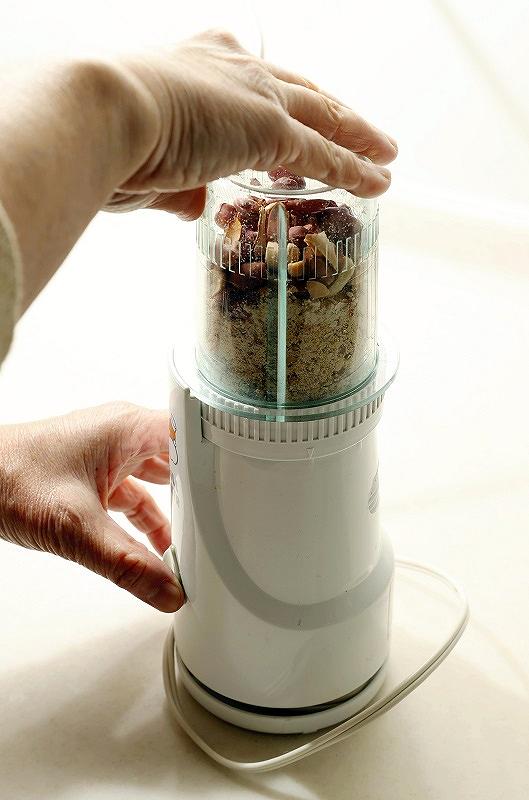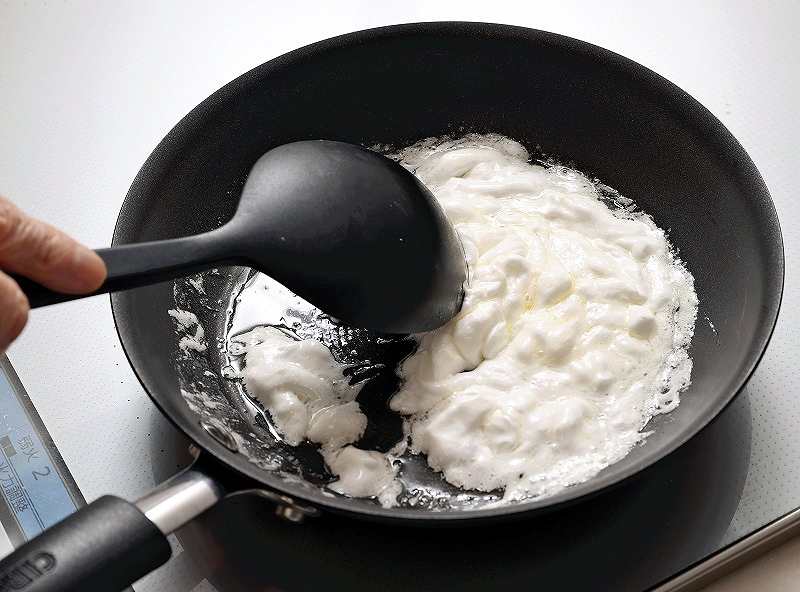
Clockwise from top left: peanut cereal bar, peanut butter and peanut butter rusks
12:00 JST, December 10, 2022
Now’s the time to snap up dried and roasted peanuts that were harvested in autumn.
Though delicious as they are, the peanuts’ allure and aroma are enhanced further when processed into peanut butter to make baked sweets.
It depends on the variety, but in general, peanuts sown in May and June are usually harvested around October, after flower stems bearing budding ovaries known as “pegs” have grown toward and into the ground, where the pegs develop into peanuts.
Some of the harvested peanuts are prepared by immersion in a boiling saltwater bath, but many more are placed into large cylinders where they are dried for more than a month, then roasted and distributed.
“This year, we were blessed with good weather and a good harvest,” said Hiroko Kanemaru, who heads Farm Support Chiba, which produces and processes agricultural items in Chiba Prefecture, where about 80% of Japan’s peanuts are grown.
“I want people to enjoy the richness, sweetness and aroma of the fresh peanuts,” Kanemaru added.
Vegetable sommelier Keiko Yamane — who is part of a team that promotes vegetables from the prefecture — recommends using peanut butter as a convenient ingredient when making sweets. Using beet sugar instead of standard sugar make the paste less sweet.

Peanuts crush easily. Blend them to your desired texture
To make peanut butter, use a food processor, mortar or blender to crush the peanuts — which technically are legume seeds — in their skins along with beet sugar for one to two minutes. Blend the nuts to your desired texture and adjust the sweetness to your liking. Oil from the peanuts adds moisture, but softened butter can be added if the paste is crumbly.
Peanut skins are rich in polyphenols and impart a full flavor, whereas de-skinned peanuts give rise to a white color and creamy favor. Yamane recommends that you try your hand at producing different types.
Peanut butter can be used in a variety of ways, such as spreading it on bread or mixing it into foodstuffs as a substitute for sesame paste. However, it doesn’t keep very well, so it’s always best to make a fresh batch each time.
Peanut butter
Ingredients
- 50 grams roasted peanuts
- 1 tbsp beet sugar, or sugar
- 5-10 grams butter
- 20-centimeter-long baguette (20 slices)
- 15-20 grams peanut butter
- 2 tsp butter
- 15-20 grams roasted peanuts
- 30 grams marshmallows
- 50 grams of your favorite cereal
- 10 grams butter
- 10 grams peanut butter
Rusks (serves 3 to 4)
Ingredients
Peanut butter rusks have a crunchy texture and an aroma of roasted peanuts.
Cut a baguette into 1-centimeter-thick pieces and toast for about a minute. Mix two teaspoons of sugar with butter and spread on the bread, then add a layer of peanut butter and bake or toast until browned.
Cooking time varies depending on the size of the bread slice, but will usually take about five minutes in an oven preheated to 180 C.
Peanut cereal bars (serves 2)
Ingredients
These peanut cereal bars are tasty and nutritious.
Melt butter and marshmallows in a skillet over a low heat until they turn yellow. Add roughly crushed peanuts, peanut butter and a cereal mix of your choice, then mix the ingredients with the heat turned off. Press the mixture into bars and place on a baking paper-lined tray and leave to cool and solidify.

To avoid burning, slowly melt the marshmallows over a low heat
The melted marshmallows act as a glue. Use a spoon to scoop up bite-size portions of the mixture and then place on a small plate to cool into small, crunchy snacks.
“For both the peanut butter and the confectionery, adjust the size of the peanut chunks and the amount of sugar to find the right texture and sweetness,” Yamane advised.
"Features" POPULAR ARTICLE
-

Sanrio to Open Museum in Yamanashi Pref. Dedicated to Founder, Exhibits Include Hello Kitty, Other Characters
-

Autumn Foliage Surrounds Visitors to Tokyo’s Showa Kinen Park
-

My Daughter No Longer Speaks to Me, But I Want to See Her and My Grandchild
-

Kumamoto: Public Bath Refurbished as Library Where You Can Chat, Take Photos
-

Frozen Vegetables: Demand Rises for Convenient, Tasty Domestic Produce
JN ACCESS RANKING
-

Keidanren Chairman Yoshinobu Tsutsui Visits Kashiwazaki-Kariwa Nuclear Power Plant; Inspects New Emergency Safety System
-

Imports of Rare Earths from China Facing Delays, May Be Caused by Deterioration of Japan-China Relations
-

University of Tokyo Professor Discusses Japanese Economic Security in Interview Ahead of Forum
-

Japan Pulls out of Vietnam Nuclear Project, Complicating Hanoi’s Power Plans
-

Govt Aims to Expand NISA Program Lineup, Abolish Age Restriction




















